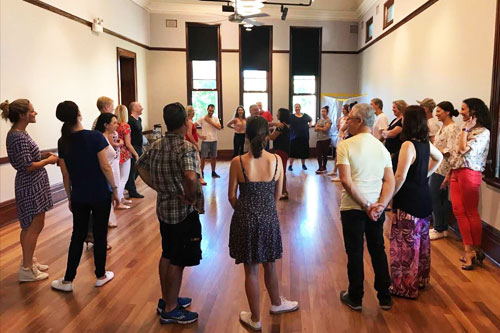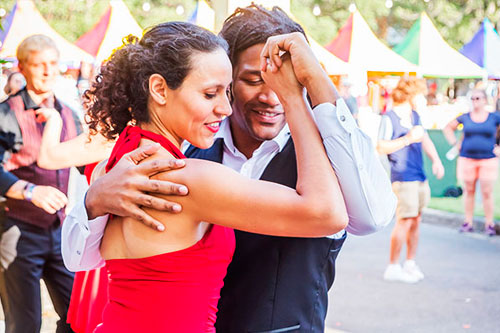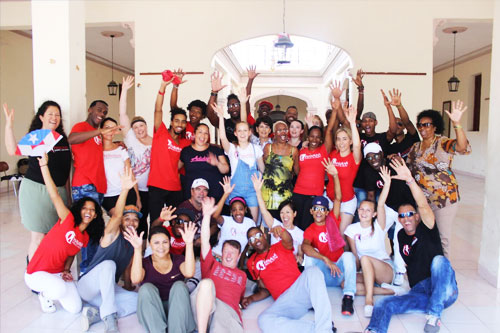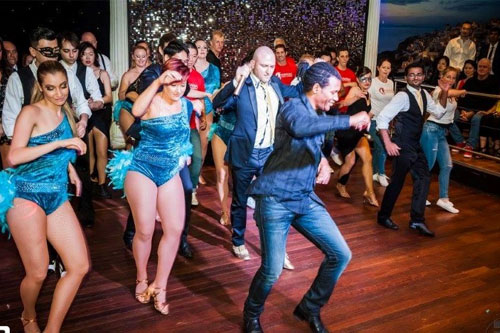-
-
-
-
0
-
Shopping Cart
xProducts:0Cart Empty
-
Havana Dance is Sydney’s highly popular Cuban Dance Academy. We offer courses for a range of skill levels as well as unique guided dance tours of the Cuban capital.
Join us for a course, plan your sensational Cuban tour or book our qualified dancers to perform at your next event, function or festival.
Cuban dance is one of the best ways to stay fit, build your dance skills and tap into the wonderful flavours of Cuba. Our Sydney based Cuban dance academy will show you the moves and get you dancing to the beat!

Come on your own or bring a friend to one of our Sydney courses and experience the energy and passion of Cuban Dance.
Read More...
Increase your skills or prepare a special Cuban dance number of your own with our private classes for singles or couples. Read More...
Read More...
This is an adventure you will never forget!
Explore Havana city and beyond… then dance the night away.

Cuban Dancers are the life of every party !. Our incredible performers will make your event one to remember...
Read More...